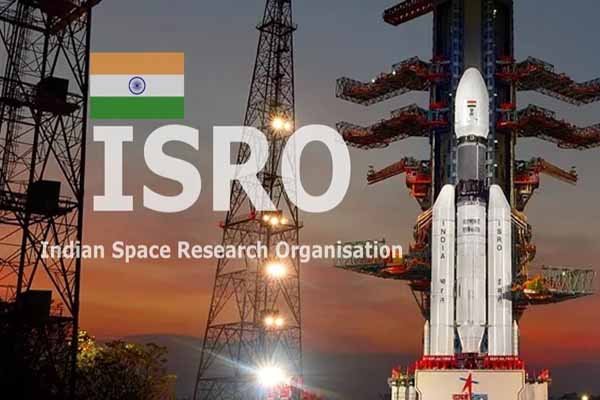The Indian Space Research Organisation (ISRO) is gearing up for an important milestone in its ambitious Gaganyaan human spaceflight program—a crucial inflight abort test of the crew escape system. The test is scheduled to take place by the end of this month and is a significant step toward India’s goal of sending humans into space.
S Unnikrishnan Nair, Director of the Vikram Sarabhai Space Centre (VSSC), which is the lead center of ISRO, confirmed the preparations for the test. He mentioned that all vehicle systems required for the test have reached the Sriharikota launch facility, and the final assembly is in progress. The test is expected to be conducted at the end of October.
The crew escape system (CES) plays a pivotal role in the Gaganyaan program, as it ensures the safety of astronauts in case of an emergency during launch. The upcoming launch of the test vehicle TV-D1 marks the first of four abort missions in the Gaganyaan program. It will be followed by the second test vehicle TV-D2 mission and the first uncrewed mission of Gaganyaan (LVM3-G1).
Subsequent to these missions, ISRO plans to conduct the second series of test vehicle missions (TV-D3 & D4) and the LVM3-G2 mission with a robotic payload. The crewed mission will be planned based on the outcomes of these successful test vehicle missions and uncrewed missions.
The test vehicle itself is a single-stage rocket based on liquid propulsion, designed to validate the performance of the crew escape system under various critical Mach numbers. It is capable of reaching altitudes of up to 20 km during the test. Notably, Nair mentioned that this test vehicle could potentially serve purposes beyond the Gaganyaan program, including space tourism. It has the capability to transport a crew module to an altitude of 100 km and return it safely, making it suitable for space tourism if there is industry interest.
The crew module in the Gaganyaan program is designed to create a habitable Earth-like environment for astronauts in space. It features a double-walled construction with a pressurized metallic inner structure, housing various systems such as crew interfaces, life support, avionics, and deceleration systems. It is designed to ensure the safety of the crew during re-entry and descent until touchdown.
The Gaganyaan project aims to demonstrate India’s capability to send a crew of two to three members into a circular orbit around Earth at an altitude of approximately 400 km for missions lasting one to three days. The program is also focused on safely returning the crew to Earth, with designated splashdown points in Indian sea waters.
The launch vehicle identified for the Gaganyaan mission is the Human Rated LVM3 (HLVM3), a variant of ISRO’s heavy-lift launcher, LVM3, which is adapted to meet human rating requirements.
The successful execution of the upcoming inflight abort test will be a critical step toward ensuring the safety of future astronauts in the Gaganyaan program and advancing India’s capabilities in human spaceflight.













